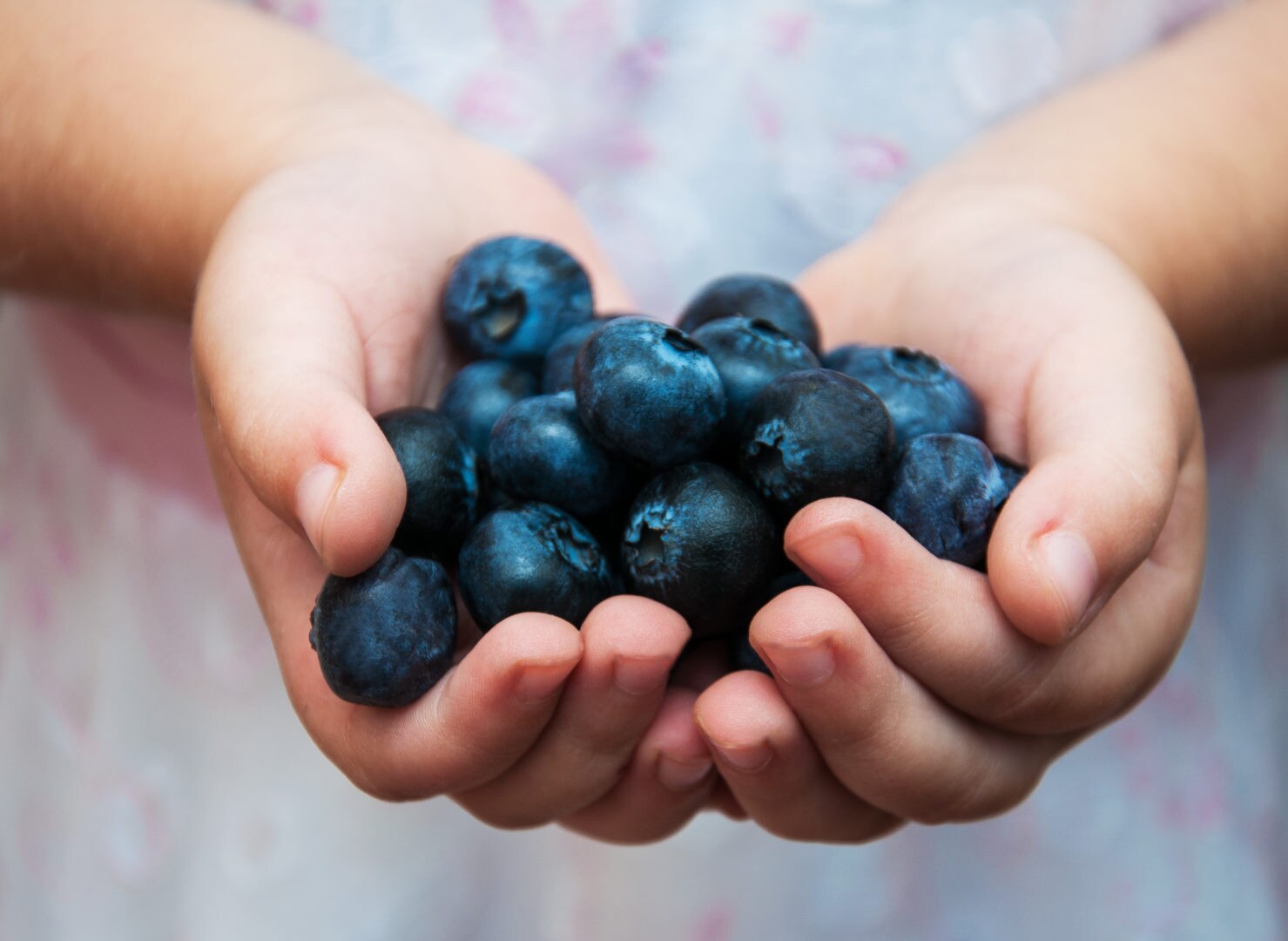Superfoods are everywhere! You walk down the aisles at your local supermarket and you’re bombarded with signs praising their benefits. You’ve heard that superfoods are great for your overall health, but why? What is a superfood, and what makes them so special?
Angela Sherwood, a registered holistic nutritionist and contributor to The Educated Eater, explains, “A superfood is a nutrient-dense food that is loaded with vitamins, minerals, fiber and antioxidants that are very beneficial for good health and well-being.” These foods typically provide nutritional benefits beyond the basic nutrients in other types of foods.
If you’re interested in boosting your family’s nutritional intake, here are nine superfoods to make sure you grab on your next trip to the grocery store:
1. Wild-caught salmon
Sherwood says that salmon’s omega-3 fatty acids reduce blood pressure and cholesterol, improve memory and promote emotional balance. Try it baked with lemon and dill: Rub the fillets with olive oil and season with salt and pepper before baking. It is done when the fish flakes easily with a fork. Top with chopped fresh dill and a squeeze of lemon juice before serving.
2. Kale
This green is the “it” vegetable in the nutrition world right now — and for good reason. It’s filled with vitamins A, K and C, Sherwood explains. Sneak a handful of this versatile veggie into a smoothie with blackberries or blueberries, and the dark fruits will hide any green color. Chop the greens up to use in place of lettuce in a salad, or make healthy “chips” by tossing the leaves with olive oil, salt and pepper before baking in a single layer on a cookie sheet.
3. Onions and garlic
Jill Weisenberger, a registered dietitian and author of “The Overworked Person’s Guide to Better Nutrition,” says, “Onion is part of the allium family. Before cooking with garlic, chop, slice or crush it, and allow it to sit at room temperature for 10 minutes. This gives the cancer-fighters a chance to stabilize before the heat can deactivate them.” Eat them raw in salsas, or add them to almost any cooked dish for a burst of flavor.
4. Chia seeds
“Chia seeds help to stabilize blood sugar,” Sherwood says. “They are also filling because they expand when wet, so you eat less, which can be helpful with weight loss.” Make chia pudding by mixing two tablespoons of the seeds with a 1/2 cup of yogurt, a 1/2 cup of milk, a dash of cinnamon and a splash of vanilla. Refrigerate for at least four hours before serving.
5. Avocado
“Avocados are rich in mono-unsaturated fats, which can help to reduce LDL (‘bad’) cholesterol and triglyceride levels while increasing HDL (‘good’) cholesterol,” explains Rachel Begun of The Gluten Free RD. Weisenberger suggests using them in place of saturated fats. Add avocado to a sandwich instead of mayo and cheese. She says you can even use avocado in place of butter in baking recipes by replacing each tablespoon of butter with a tablespoon of mashed avocado, adding, “I promise it’s magnificent!”
6. Berries
These tiny fruits are filled with “phytochemicals and antioxidants that destroy cancer cells and free radicals in the body,” says Sherwood. Stock up on fresh berries when they are in season. You can freeze them in storage bags to enjoy year-round. She says all berries are beneficial, including blueberries, blackberries, acai, goji, raspberries and strawberries. Sherwood loves throwing berries into a juice or smoothie along with other superfoods such as kale and flax seeds.
7. Nuts
Begun says, “Each nut contains a special package of nutrients, but, as a category, they are a plant-based source of protein while also containing fiber and healthy fats. They also have an array of vitamins, minerals and antioxidants. Their healthy fats can help to reduce risk for heart disease.” Weisenberger recommends adding nuts to salads for crunch instead of croutons, or snacking on them instead of chips and crackers.
8. Beans
Forget the impolite children’s rhyme your kids may know about beans. They are good for the heart and may also improve blood glucose control, fight cancer and aid in weight control, says Weisenberger. “Eating beans regularly is also associated with a reduced risk of coronary heart disease.” She suggests draining and rinsing a can of beans to wash away about 40 percent of the sodium, then adding a few spoonfuls to a nightly salad or adding them to soups, salsas or tacos.
9. Sweet potatoes
Begun explains, “The rich orange color shows they are an excellent source of carotenoids, a family of antioxidants. They are also rich in fiber and potassium, two of the four nutrients most likely to be missing from Americans’ diets. ” Turn them into fries kids are sure to gobble up by slicing thin, tossing with olive oil and baking, flipping them halfway through.
Sherwood says that a good rule of thumb is to eat a rainbow of food every day. “Eating a wide variety of colors helps ensure you’re getting the right nutrients and health benefits.”
* This article is for general informational purposes only. It is not intended nor implied to be providing medical advice and is not a substitute for such advice. The reader should always consult a health care provider concerning any medical condition or treatment plan. Neither Care.com nor the author assumes any responsibility or liability with respect to use of any information contained herein.





